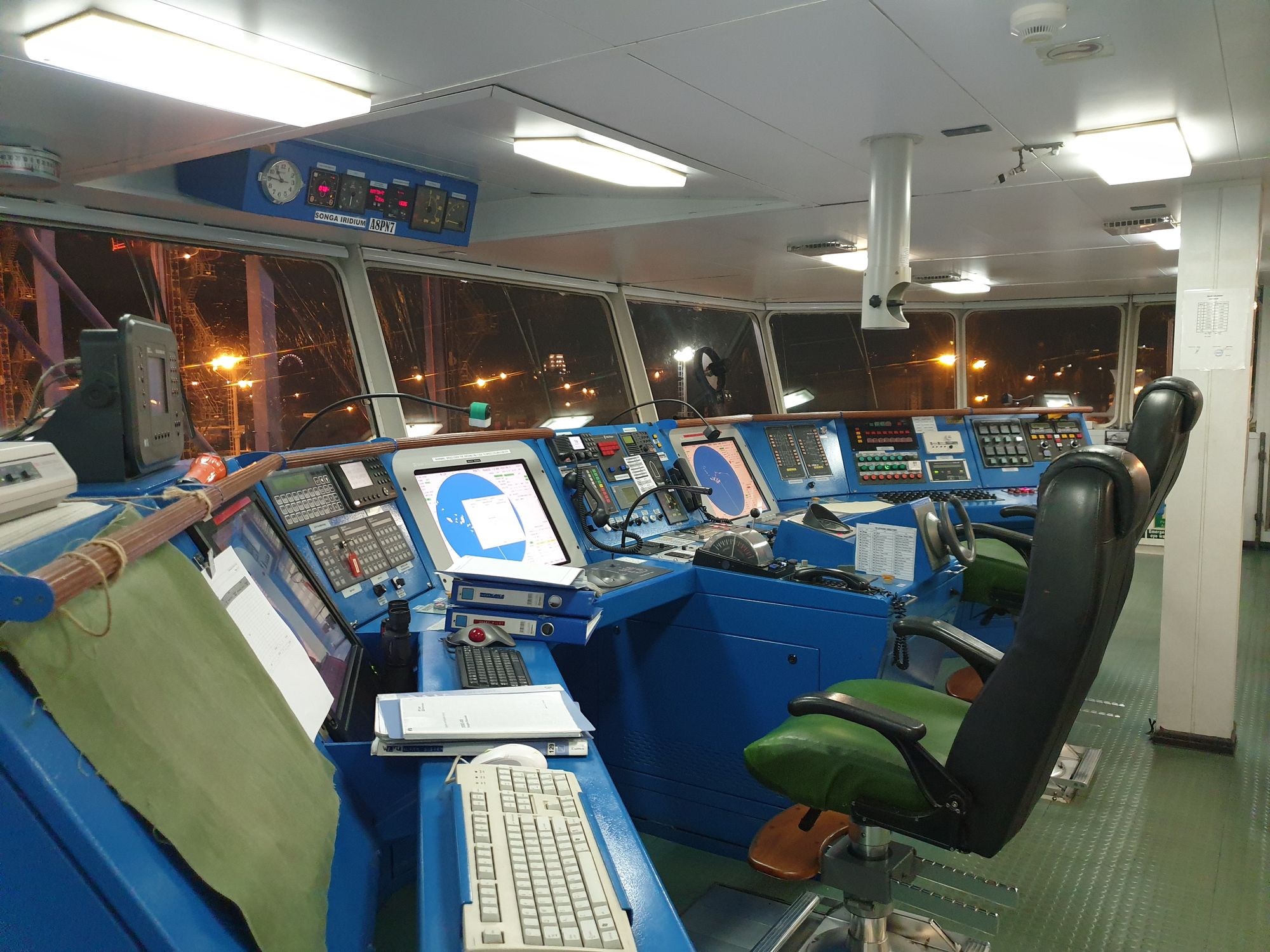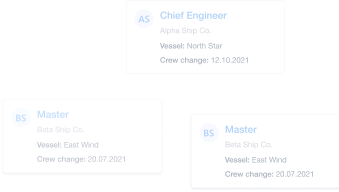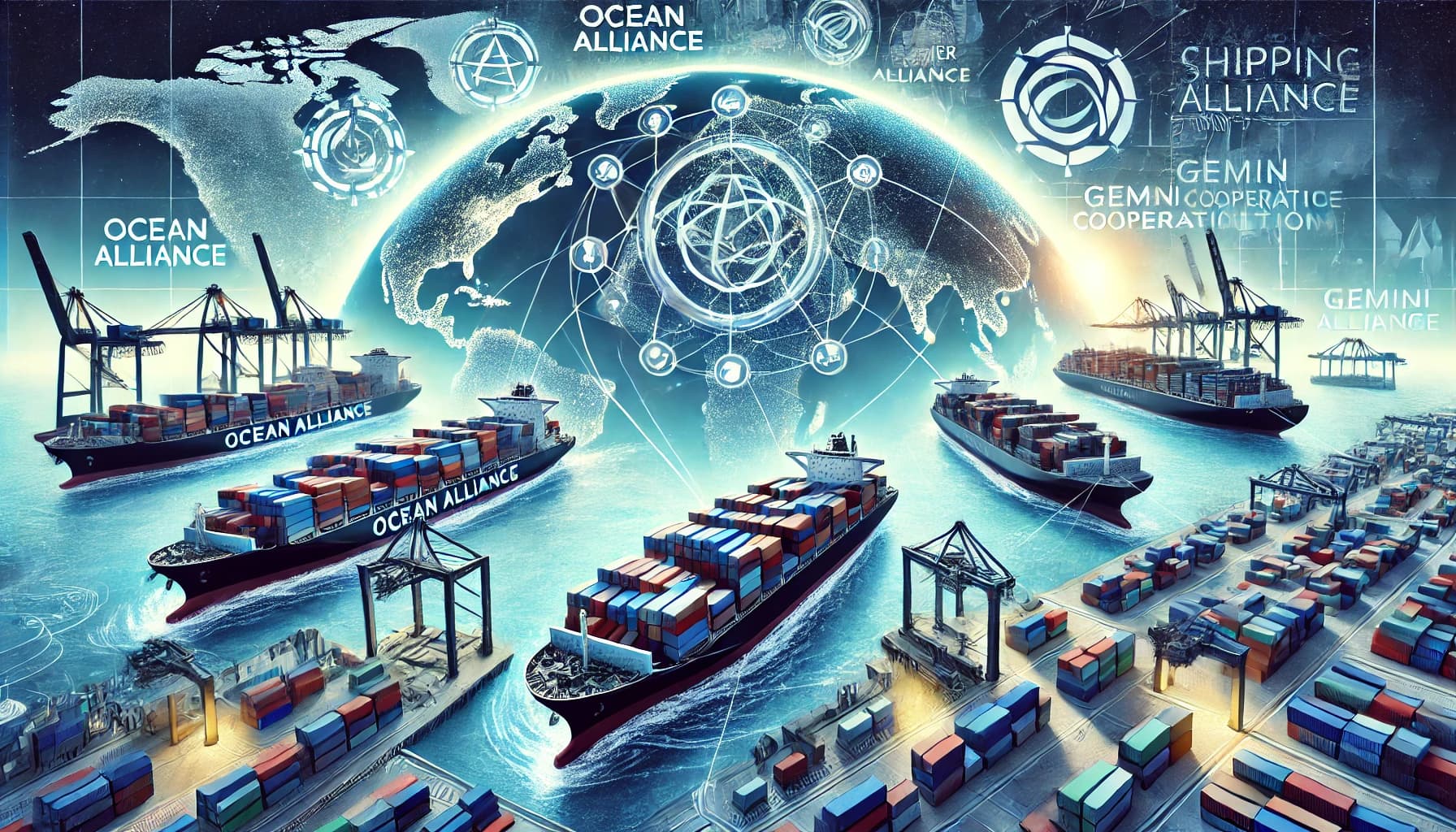While the nautical compass is very much a symbol of maritime navigation, ships nowadays use far more sophisticated methods than the humble compass and the stars to plot their courses.
Whether it’s a container ship or a superyacht, boats and vessels have a lot of weird and wonderful terminology, and navigational aids are no exception.
In this post we thought we’d take a look at some of the different ways that crews on vessels today navigate so that they, and their cargo (and passengers, if any) can safely and accurately reach their port of destination.
Read more: Why Do Ships Use Port and Starboard?
If you’re a seafarer or someone working in the maritime industry (or just a keen sailor) you’ll probably know all of these nautical terms, but if you’re looking to find out what ships use to navigate or if ships still use compasses, this blog post is for you.
Modern navigation systems for today's vessels
It might surprise you to learn that ships today do still use some traditional methods to navigate - although there is a lot of technology involved these days too. Let’s take a look at some navigation related maritime terms.
AIS
AIS stands for Automatic Identification System - an automated tracking system that is used to identify vessels, assist in target tracking, simplify information, exchange and provide additional information to boost situational awareness.
ARPA
ARPA stands for Automatic Radar Plotting Aid - a computerized add-on feature to the Radar. ARPA identifies the ship’s course and speed and a target's course and speed and calculates the collision avoidance data. This makes it much easier for humans rather than calculating the data themselves.
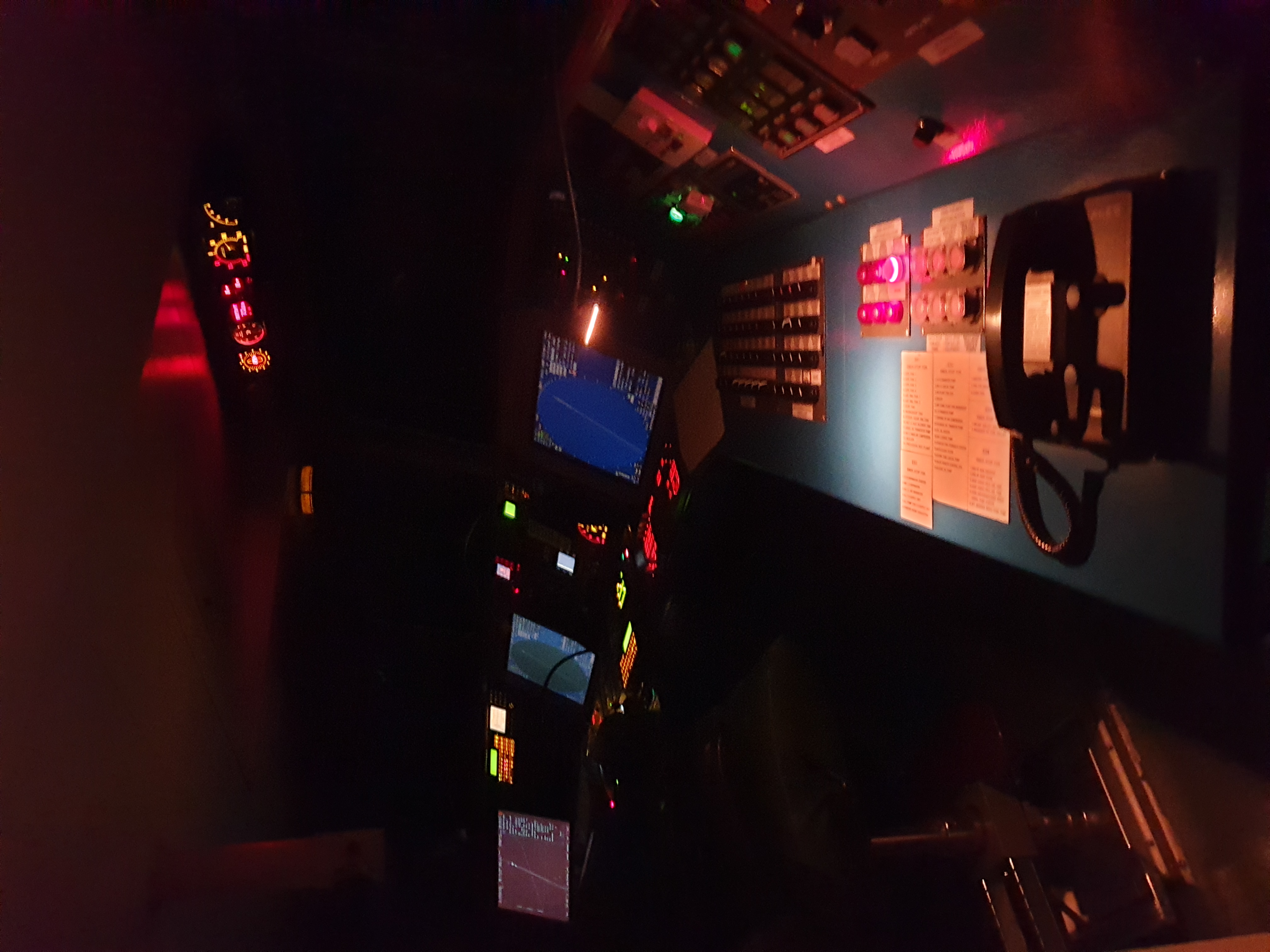
Aids to Navigation
Aids to Navigation (AtoN) are anything that helps a vessel navigate more safely. They are charted marks and include items such as beacons, lighthouses, buoys, lights, and radio beacons.
Read more: What Are Nautical Flags & What Do They Mean?
Autopilot
An Autopilot (or Automatic Pilot) is a self-steering device system used for automatic navigation. They come in varying degrees of complexity and sophistication although any Autopilot should be able to maintain a vessel on a pre-set compass course.
More advanced Autopilots gather data from the ship’s instruments or connect to GPS receivers. The system will be able to tell the difference between the vessel’s ordered course and the actual course and will automatically adjust the rudder so that it moves to an angle that is proportional to the discrepancy.
Beacon
Also known as Sea Marks, Seamarks and Navigation Marks, a Beacon is an aid that is fixed to the shore (i.e. a lighthouse) or to the seabed to help navigators and pilots identify the approximate position of a maritime channel or hazard to allow them safe passage of their vessel.
Bridge
The Bridge on a ship is a room or platform at the top of a vessel’s superstructure that operates as the command center. All communications and information goes through the Bridge and it will be manned by an Officer of the Watch when the ship is underway. It has a clear view on all sides of the ocean and surrounding area.
Bridge Deck
The Bridge Deck is the deck upon which a vessel's navigational equipment is housed.
Buoy
A Buoy is a Seamark (or Sea Mark) - a floating object that is used as a navigational aid to help sailors identify the navigable limits of channels, their fairways, and sunken dangers such as rocks or shallow ground etc. They can also be used as a reference point for navigation or other reasons.

Collision Avoidance System
A Collision Avoidance System is an electronic system that is used to stop collisions from happening in inland waterways.
Compass
The ship’s magnetic compass is normally housed on the part of the vessel called 'monkey island' which is situated above the navigating bridge. It is reflected into the bridge by means of a type of periscope so that the navigating officer can read it easily even when they’re steering the vessel.
Apart from small boats, the majority of ocean-going ships have two gyro compasses onboard. These operate independently of one another so that if one of them fails, there will be a back-up.
Course
The direction in which a vessel is heading. The Course is usually given in degrees, true, magnetic or compass.
Deckhouse
A Deckhouse is a small superstructure (a part of the ship that is above its main deck) on a vessel’s top deck which contains the helm (a wheel or lever that controls the rudder) as well as other navigational instruments.
Gong Buoy
A Gong Buoy is a buoy that is fitted with gongs that are struck by hammers as the buoy moves with the motion of the water.
Navigation Mark
Also known as a Sea Mark, Beacon and Seamark, a Navigation Mark is an aid that is fixed to the shore (i.e. a lighthouse) or to the seabed to help navigators and pilots identify the approximate position of a maritime channel or hazard to allow them safe passage of their vessel.
Pilot
A Pilot is someone with a deep knowledge of a certain area of a waterway, such as the entrance and exit to a port or harbor. They are licensed navigational guides who are brought onboard by means of a pilot boat to help guide a vessel through difficult locations and uniquely local conditions.
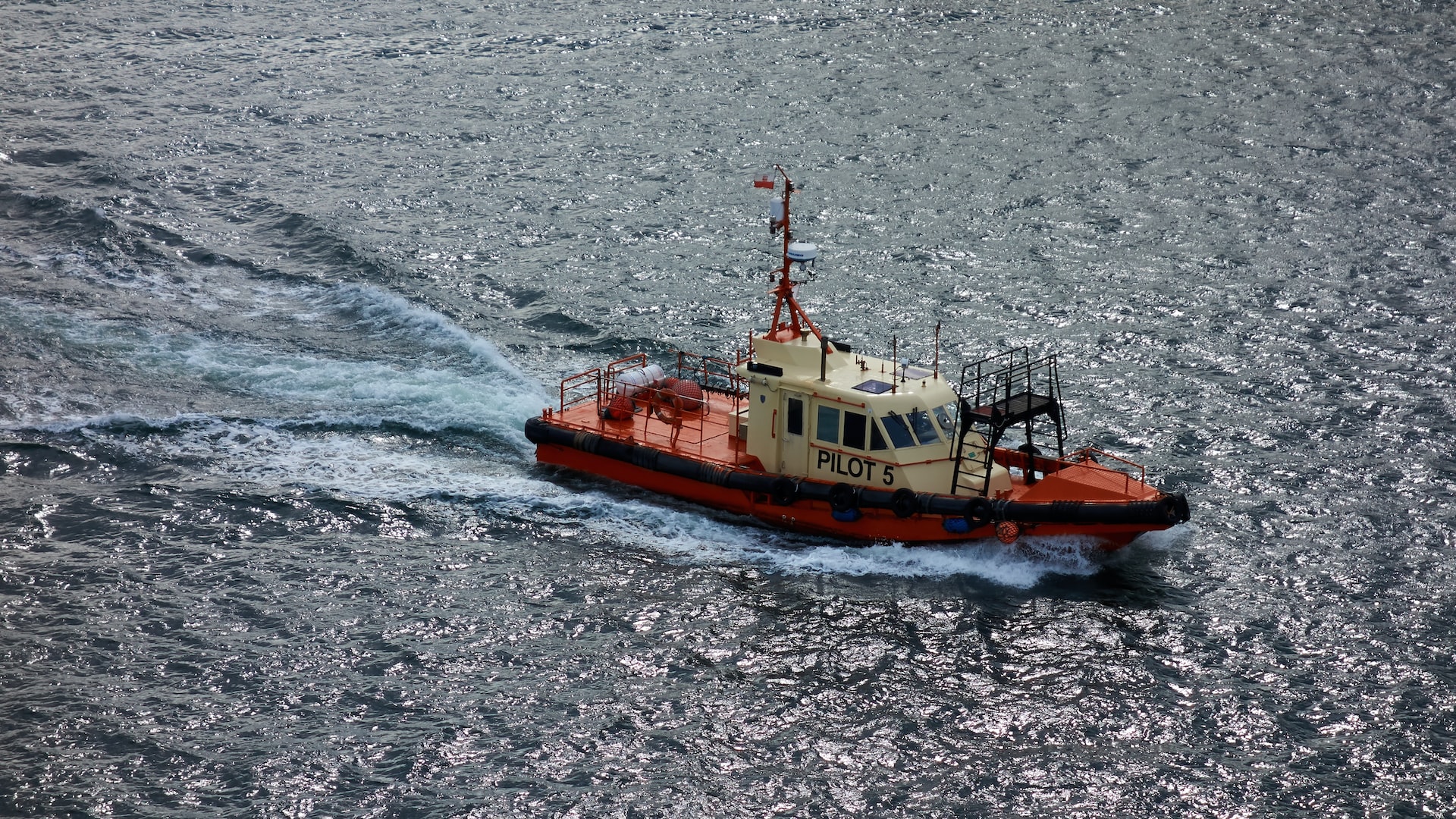
Pilot House
A Pilot controls the vessel from the Pilot House which is an enclosed space on the bridge.
Sea Mark
Also known as a Seamark, Beacon and Navigation Mark, a Sea Mark is an aid that is fixed to the shore (i.e. a lighthouse) or to the seabed to help navigators and pilots identify the approximate position of a maritime channel or hazard to allow them safe passage of their vessel.
Wheelhouse
The Wheelhouse is also often called the Bridge or Pilothouse and is the place where the ship's wheel is located on a vessel.
And there you have it. Todays' container ships and other merchant vessels navigate by using a combination of ultra-modern tech and age-old aids to navigation such as lighthouses, buoys and compasses.
And of course, it goes without saying that the crew, particularly the Master or officer on duty in charge of navigation and the Officer on Watch (OOW) have a huge part to play in diligently steering their gigantic craft safely and in a timely manner.
Want to find out more about nautical words and phrases?
We’ve got you covered. Find more maritime terms and nautical expressions including parts of a ship and seafarer jobs and ranks in our shipping glossary.

Eve Church
Eve is Martide's content writer, publishing regular posts on everything from our maritime recruitment and crew planning software to life at sea. Eve has been writing professionally for more than two decades, crafting everything from SEO-focused blog posts and website landing pages to magazine articles and corporate whitepapers.
UK
